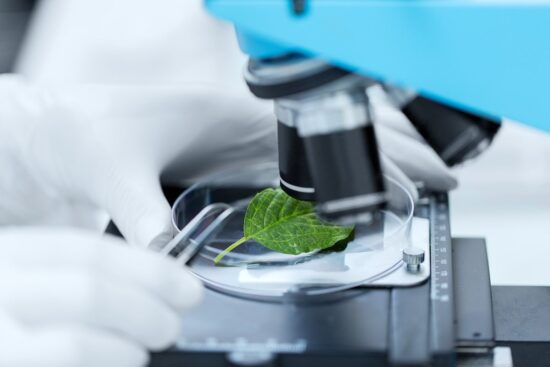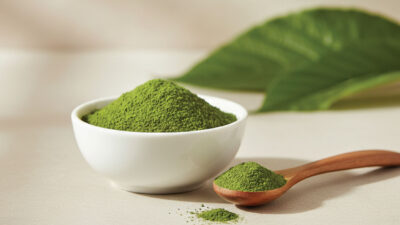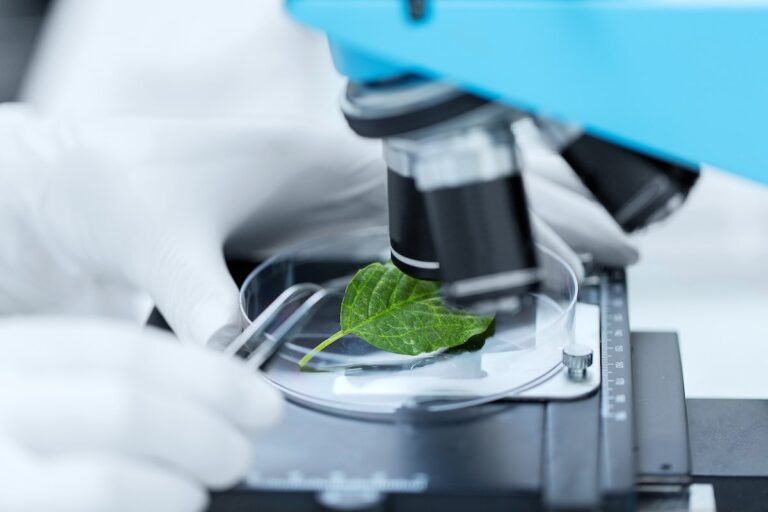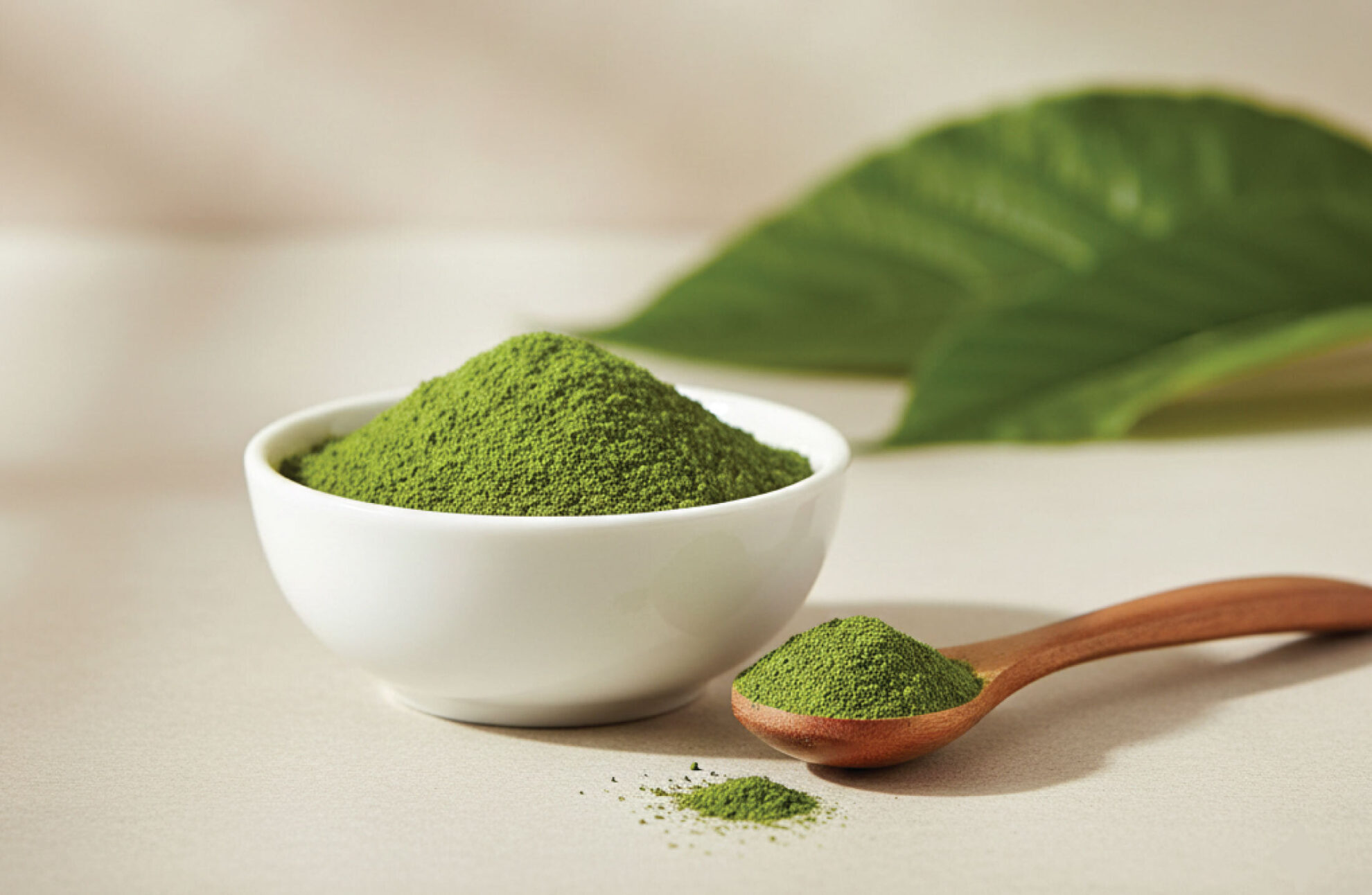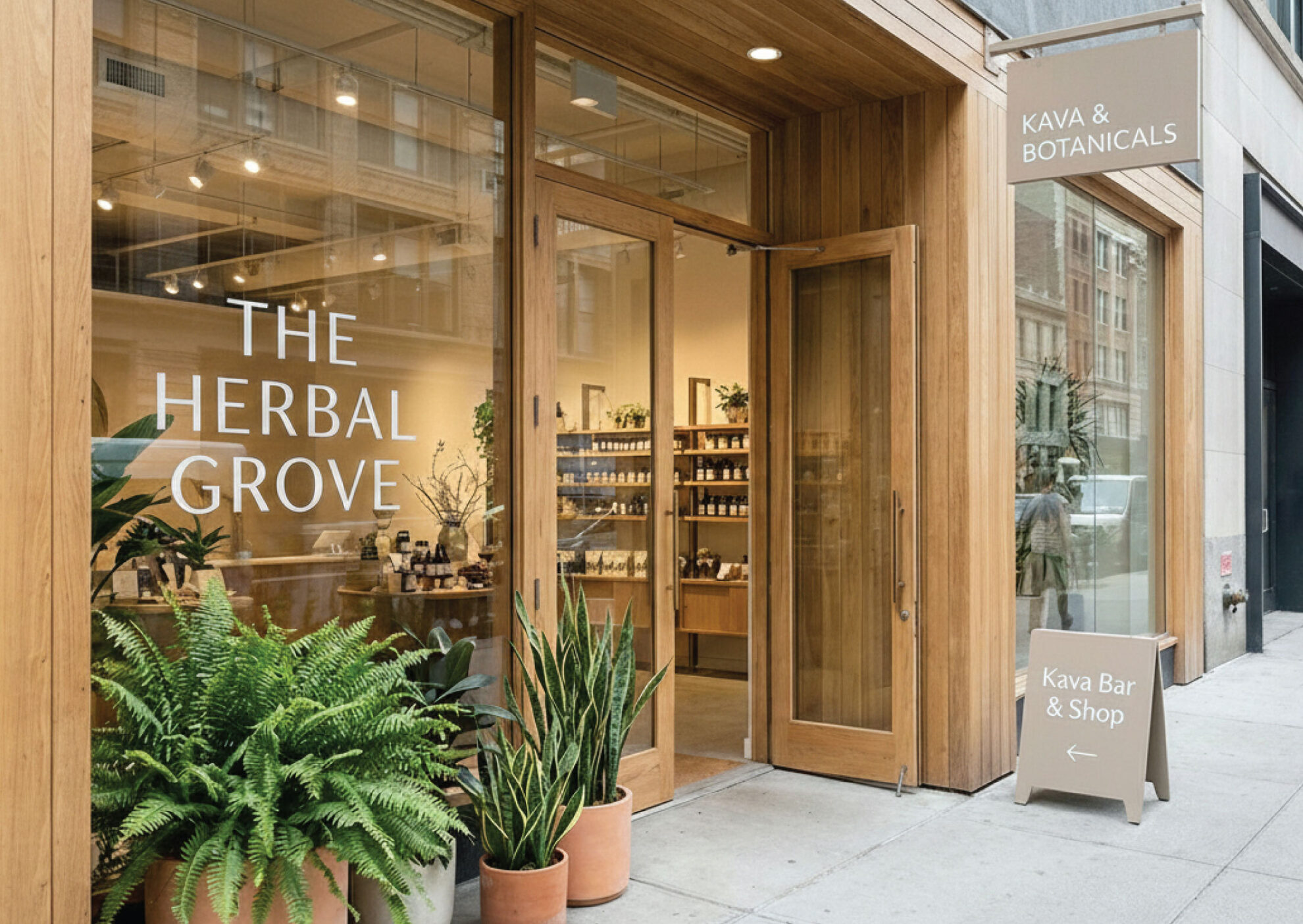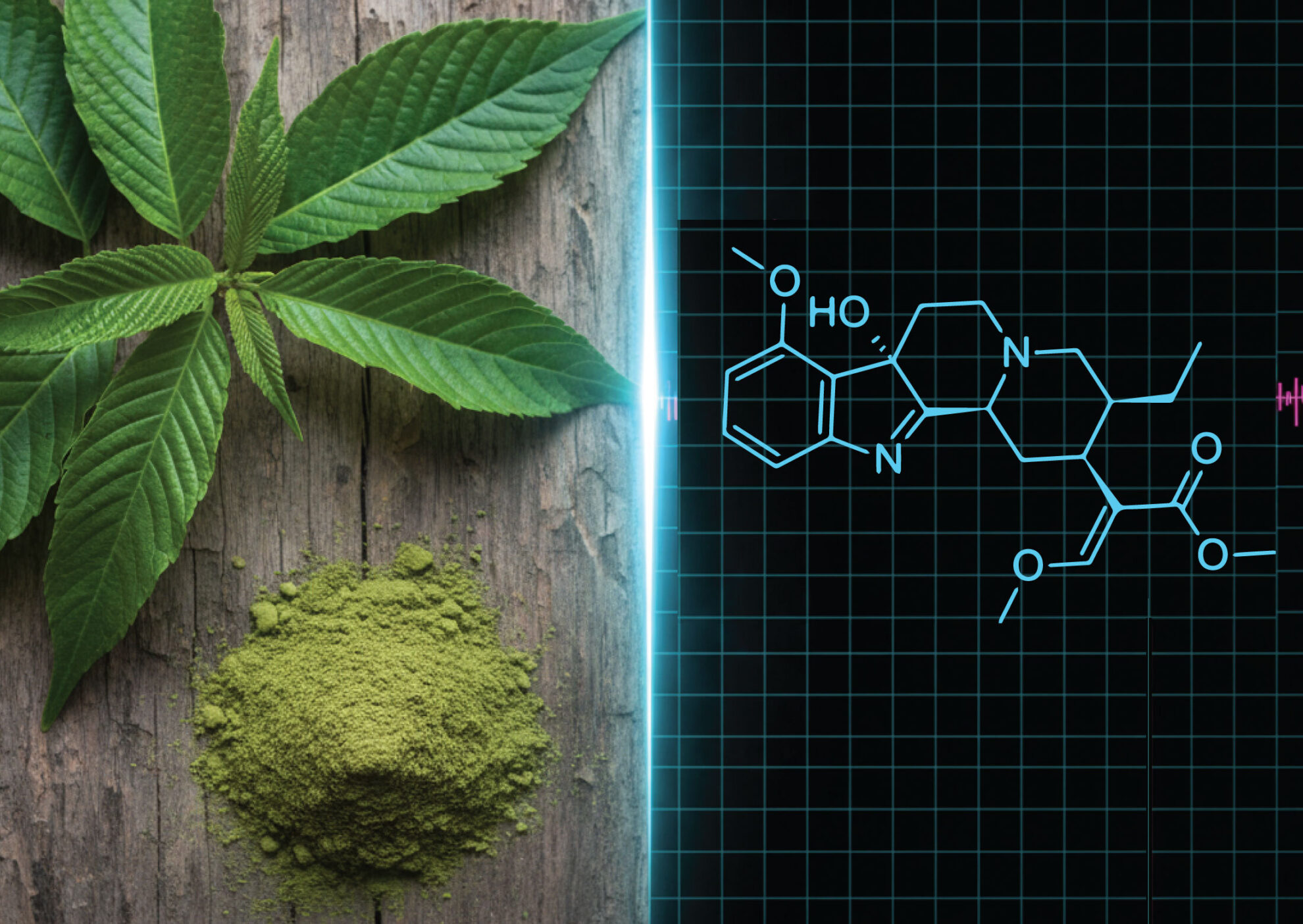If you’ve seen “MIT” on Kratom forums or product labels, you might wonder what it really means. Simply put, “MIT” is shorthand for Mitragynine, the primary alkaloid found in Kratom leaves.
Mitragynine is responsible for many of Kratom’s dose-dependent effects; potentially stimulating at lower servings and more calming at higher ones.
But there’s more to know: how Mitragynine works in the body, how it compares to 7-Hydroxymitragynine, typical dosing guidance, safety considerations, and legal questions all shape how to use Kratom responsibly.
This guide breaks down what MIT is in Kratom in clear, accessible language, so everyone from newbies to advanced Kratom users can make informed, confident decisions when buying and using Kratom.
Disclaimer: This article is for informational purposes only and is not medical or legal advice. Always consult your healthcare provider before use.
Why Do People Call It “MIT”?
“MIT” is often the preferred language in Kratom forums (like Reddit’s r/Kratom). It’s easier to type and feels more like “insider” language. This user-driven slang term has also taken off with vendors, who now use this abbreviated form in their marketing and even on their product labels.
“MIT” simply stands for Mitragynine, the dominant alkaloid in Kratom leaf. When you see something like “1.5% MIT” on a lab report or package, it means the Kratom has 1.5% Mitragynine content by weight, a key indicator of strength and quality.
Because Mitragynine levels can vary by strain, region, and preparation, knowing the MIT content helps users compare Kratom products more accurately and choose responsibly. It also supports transparency in the Kratom industry. Consumers deserve to have clear, easy-to-decipher information about what’s in any given Kratom product.
Understanding the term “MIT” is the first step toward making informed choices, reading labels carefully, and prioritizing safe, lab-tested Kratom.
Recommended Read: A Comprehensive Guide: Advanced Kratom Alkaloids & 7-OH
What Is Mitragynine?
Mitragynine is the primary active alkaloid found in Kratom (Mitragyna speciosa) leaves. Naturally occurring in Southeast Asian Kratom trees, it can make up around 60% of the total alkaloid content in plain leaf Kratom. This MIT level can change depending on the type of Kratom you use, how it was prepared, and from what region it was sourced.
When you use Kratom, it’s always advised to pay attention to your body’s response. Adding another factor to that mindful observation (MIT content) can help you get an even better idea about what strains and potencies work best for your needs. This, and careful attention to dosing, is what can help you find your MIT sweet spot.
MIT has been used traditionally in Kratom teas and chewed fresh by workers in Southeast Asia for centuries. Unlike the synthetic substances that are working their way into the Kratom industry, Mitragynine occurs naturally in pure leaf Kratom without chemical alteration.
Today, it’s available in powders, capsules, and extracts, with varying Mitragynine content noted on lab-tested products. To get pure MIT in your Kratom products, stick to products with clear labeling and verified lab-testing.
How Does Mitragynine Work in the Body?
Mitragynine works by interacting with specific receptors in the body, but it does so in a way that’s different from some traditional options. It’s considered a partial agonist, meaning it can activate these receptors but typically with less intensity. This helps explain why Kratom’s effects are often described as dose-dependent.
What does it mean that MIT is dose-dependent? Here’s a more detailed explanation:
Mitragynine is mainly responsible for Kratom’s dose-dependent effects. This means Kratom has a “duality” to it that you’ll note as you become more familiar with using Kratom. The following are generalizations on this duality, but remember that your experience can vary:
- Lower Kratom Doses: Lower Kratom doses are associated with stimulating support and concentrated focus properties. These effects can vary depending on the user and their interpretation of the effects.
- Higher Kratom Doses: Higher doses are generally associated with more calming and relaxing support, relief for the body and mind, and for winding down or resting. Again, each person responds a little differently.
MIT has a lower affinity for the receptors than 7-Hydroxymitragynine (7-OH), but because of its sheer abundance in Kratom, MIT levels factor heavily into potency and efficacy. Think of MIT as in the “driver’s seat” behind Kratom’s effects. This dominance can change when Kratom strains naturally higher in 7-OH are compared. Then, the 7-OH effects (often more relief-oriented) may be more pronounced.
Importantly, even though Mitragynine engages these receptors, Kratom itself is not classified as an opioid under U.S. law. It remains legal federally, although some states and localities have their own restrictions. For more details, see our guide to Kratom Legality by State.
Scientists are still studying Mitragynine’s effects and how it differs from synthetic opioids in safety profile, potential for tolerance, and risk of dependence. While some users turn to Kratom to manage body discomfort, it’s crucial to approach it mindfully, start with low doses, and be aware of your body’s responses.
For an in-depth look at Kratom pharmacology, see:
Mitragynine vs. 7-Hydroxymitragynine
Kratom contains many alkaloids, but two stand out: Mitragynine and 7-Hydroxymitragynine (MIT and 7-OH). Understanding the difference between them is essential for safe, informed use of Kratom or its extracts.
Mitragynine is the most abundant alkaloid in Kratom leaves, and is largely responsible for its effects, including the dose-related shifts that make Kratom so versatile.
7-Hydroxymitragynine, often called 7-OH, occurs naturally in much smaller amounts, typically less than 2%. Despite its low concentration, it’s significantly more potent due to a higher affinity at specific receptors. Some extracts and enhanced products artificially boost 7-OH levels, increasing potency and, with it, the risk of side effects or unwanted synthetic additives.
Both Mitragynine and 7-Hydroxymitragynine can be extracted in their natural form and added to regular Kratom products to boost their efficacy. It’s important to know when you buy Kratom extract products that you’re getting natural extracts and not adulterated ones. This is why buying Kratom from reputable vendors who prioritize natural, botanical care and safety is so important.
Here’s a quick comparison:
| Feature | Mitragynine | 7-Hydroxymitragynine |
|---|---|---|
| Potency | Moderate | Highly potent |
| Occurrence | ~60% of alkaloids | Trace amounts naturally |
| Typical Use | Leaf, powder, capsules | Rare in raw form, found in synthetic extracts |
| Risk Level | Lower if lab-tested, labeled | Higher if concentrated, risk of overuse |
When choosing Kratom products, look for Lab-Tested Kratom with clear labeling.
Typical Dosage and Safety Considerations
Kratom dosage isn’t one-size-fits-all. It depends on body weight, tolerance, strain, and individual response. Generally, powdered Kratom leaf is measured like this:
- Low dose: 1–2 grams (may feel mild, stimulating)
- Moderate dose: 2–4 grams (may feel more balanced or calming)
Extracts are much more concentrated. Always follow label instructions precisely. Extracts can be many times stronger than regular Kratom leaf powder.
Safety tips:
- Start low and go slow. Avoid large jumps in serving size.
- Use a digital scale for accuracy.
- Rotate strains and take breaks to help manage tolerance.
- Store in a cool, dry place away from kids or pets.
Remember that adulterated or mislabeled products can increase risks of overdose or contamination. This is why Kat’s Botanicals Kratom products are widely trusted in the world of Kratom. We are committed to safety, quality, and transparency, aligning with the American Kratom Association’s guidance on responsible Kratom product preparation and education for use.
Learn more: Kratom Dosage Guide.
Is Mitragynine Legal?
Mitragynine, as found in Kratom, is not banned at the federal level in the United States. This means there’s no nationwide prohibition on buying, selling, or possessing Kratom products containing Mitragynine.
However, state and local laws vary widely. Some states or municipalities have enacted Kratom bans or restrictions, while others allow regulated sales with labeling requirements. That’s why it’s essential to check local regulations before purchasing or using Kratom.
Responsible use starts with knowing the law. Many states have pending KCPA laws or have evolving laws concerning Kratom or its derivatives. For example, Georgia has passed the Kratom Consumer Protection Act, which sets labeling and age restrictions to promote safer sales.
Always buy Kratom from reputable vendors who comply with local rules, provide clear labeling, and offer lab-tested Kratom for peace of mind. Compliant vendors may require age verification to shop their sites and restrict shipping to locations that do not allow Kratom use.
Why Buy from Tested, Transparent Vendors
Choosing lab-tested, clearly labeled Kratom isn’t just a quality preference; it’s a safety essential. Untested or mislabeled Kratom products can contain adulterants, unsafe levels of alkaloids, or even contaminants like heavy metals or pathogens.
You may see news regarding shipment seizures when questionable Kratom shipments arrive in the US. For example, the FDA has issued import alerts detaining mislabeled or unapproved Kratom products. One alarming example is the 2018 Salmonella outbreak linked to contaminated Kratom shipments.
Despite the consumer burden of careful vetting when buying Kratom, the good news is that the risk is significantly reduced by buying Kratom only from responsible vendors.
Responsible vendors prioritize consumer safety by:
- Conducting third-party lab tests for purity and alkaloid content. This means they pre-screen your products for contaminants and dangerous compounds.
- Providing Certificates of Analysis. This means you can see exactly what’s in a product.
- Following GMP-Compliant Production. This means careful attention is given to safety and cleanliness at every level of harvest, preparation, production, packaging, and labeling.
Smart choices begin with knowing your Kratom’s source. Don’t settle for anything less than tested, transparent, and responsibly produced Kratom. At Kats Botanicals, we believe in full transparency. Our Kratom products undergo rigorous lab testing, and we share the results openly. This helps you choose the right strain, understand Mitragynine content, and feel confident about what you’re buying.
Learn more: Find the Best Kratom Vendor.
FAQs About Mitragynine in Kratom
What is MIT in Kratom?
“MIT” is a common shorthand for Mitragynine, the primary alkaloid in Kratom leaves. You’ll see this on Kratom product labels, in Reddit forums, or hear it in conversations about Kratom. It’s not some new molecule, but one well-loved enough to have earned a nickname (one that people can pronounce).
Is Mitragynine addictive?
Mitragynine can carry dependence risks with frequent, high-dose use. Because of Kratom alkaloid activities, users with a history of addiction may need to carefully monitor their use to avoid dependence, or in some cases, addiction.
Responsible use means starting low, going slow, rotating strains, and taking breaks. Above all, listen to your body and adhere to dosing recommendations, using less than what’s recommended if this suits your body well. You don’t have to take a full dose of Kratom if you do not need it.
How strong is Mitragynine vs. 7-hydroxy?
7-Hydroxymitragynine is much more potent but only occurs naturally in trace amounts. Some extracts increase 7-OH levels, raising the risk of side effects. Studies have indicated that 7-OH may be 10-20 times more potent, molecule for molecule, than MIT.
Can you use Mitragynine daily?
Often, with botanicals, it helps to balance responsible use with any potential for risks or side effects. Daily use may build tolerance and dependence for some users. We recommend rotating Kratom strains and scheduling days off to help manage these risks.
Is it legal to buy online?
Federally, Kratom (and Mitragynine) is unregulated, but state laws vary. Always check your local laws. Remember, this applies to places you plan to travel with Kratom, as well. Check out these Kratom Facts vs. Fiction: Is Kratom Regulated? 8 Kratom Myths Debunked
Final Thoughts: Know What You’re Buying
To recap, what is MIT in Kratom? MIT is a common shorthand nickname for Mitragynine. It refers to a specific, active molecule found abundantly in Kratom leaf, responsible for many of its effects, and the alkaloid with arguably the most attention in medical studies on Kratom.
Understanding what MIT means in Kratom is more than just decoding slang; it’s about knowing exactly what you’re putting in your body. Mitragynine levels vary by strain and product, and transparency matters for both safety and quality.
Buying lab-tested Kratom with clear labeling ensures you know the Mitragynine content, potential potency, and that your product is free from harmful adulterants or contaminants. It’s the difference between a mindful wellness choice and an uncertain gamble with your health.
At Kats Botanicals, we’re committed to quality, transparency, and your peace of mind. Our Kratom is responsibly sourced, carefully lab-tested, and packaged for safety, freshness, and with clear instructions for use.
Ready to make an informed choice? Explore our Kratom Powder Online and find the best Kratom capsules for your routine – always responsibly sourced and clearly labeled.

